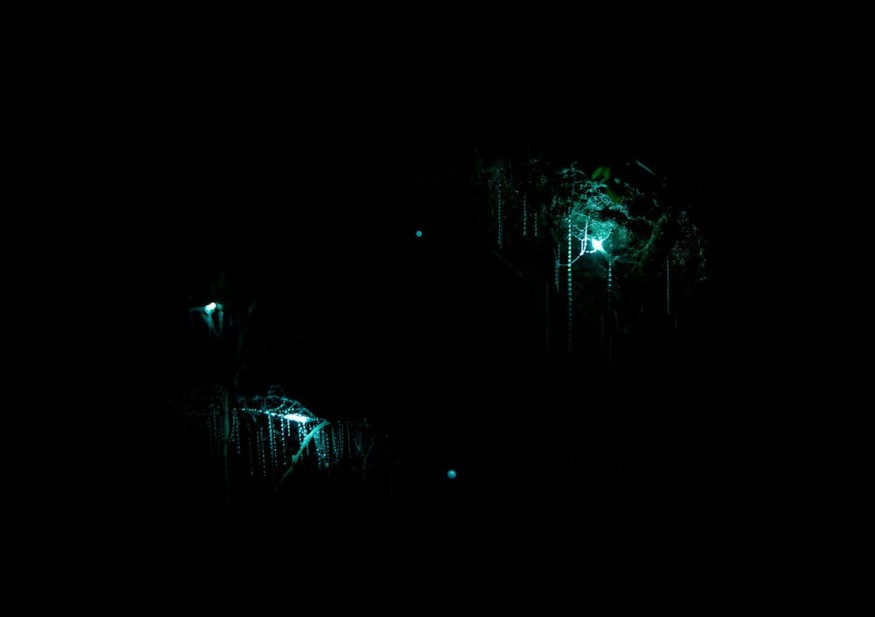While glow worms have been seeing significant declines across the UK, a young conservationist is embarking on a journey to save the species.

Glow Worm Conservation
Glow worm numbers have been plummeting across the UK due to several factors, including light pollution and habitat loss. Experts think that males are distracted by artificial lighting. This, in turn, makes them miss out on a mating chance.
However, a young conservationist has been harboring incredible passion for these insects. He has exerted grave efforts to breed and release them across southern England, including Hampshire.
The man releases the worms by finding some rotten logs. He then turns to open a container that contains dirt scatters. However, a closer look into the container will reveal an insect that looks like a centipede.
Pete, the young conservationist, previously studied zoology and spent seven years working as a professional ecologist. During the first 2020 lockdown, he breeded glow worms in his flat in Bristol.
At first, the conservationists lost the creatures. He then turned to scientific citizens to seek help. This included a hobbyist who spent more than 14 years breeding 21 glow worm generations.
The conservationist was then able to perfect and scale his methods. He has started releasing glow worms in several areas, with over a thousand insects being released in the past two years in this living laboratory.
Just this summer, he was also able to discover a glowing female.
According to Pete, it will still take a long time for him to consider the project a success, stressing further that conservation efforts are long-term.
While Pete has seen opposition to this project, pushing through with these efforts is important. His project has also gained the attention of other organizations that aim to do large-scale releases of glow worms. This includes Manchester Museum and Devon's Wildwood. They are now working on a glow worm zoo based on the breeding techniques used by the young conservationists.
Magical Glow Worms
Interestingly, glow worms are beetles, not worms. Adult males have full wings that are capable of making them fly. Females, on the other hand, are wingless and need to glow during summer to get a mate frantically.
In most cases, glow worms are found as larvae that dwell under chalk rocks or limestone grasses. They feed on snails and slugs.
The egg and larvae of glow worms can also emit light. Interestingly, these larvae are also predatory, mainly feeding on snails and slugs. They attack their prey through several toxic bites, which inject proteins that paralyze and dissolve a snail or slug's soft body. As the glow worm waits for this to take place, it may ride over the back of the snail and avoid the snail's mucus.
Check out more news and information on Environment & Climate in Science Times.
© 2025 ScienceTimes.com All rights reserved. Do not reproduce without permission. The window to the world of Science Times.











